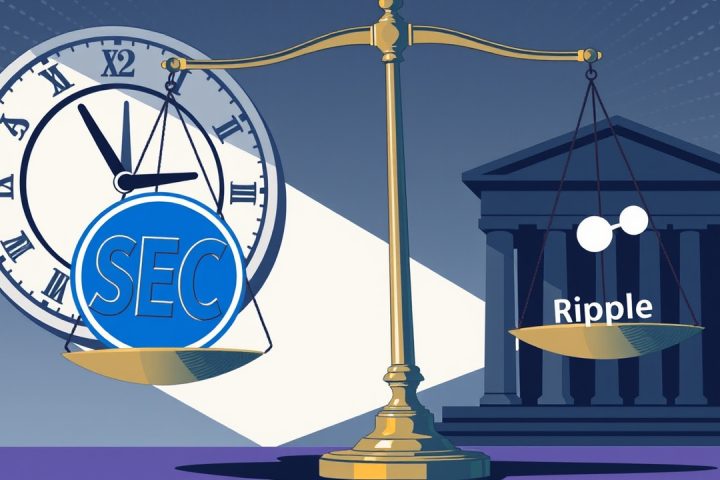Vitalik Buterin’s Proposal for Ethereum
Vitalik Buterin, the co-founder of Ethereum, has revealed an innovative proposal aimed at enhancing the network’s efficiency and scalability. In a blog post dated August 1, he focused on reconfiguring the existing structure for block finality, suggesting a separation of the fork choice mechanism from the finality process. This adjustment is expected to alleviate some of the complexities currently inherent in Ethereum’s protocol, leading to quicker block confirmations.
Current Consensus Mechanism
Presently, Ethereum’s consensus mechanism employs a slot-based architecture that requires both fork choice and finality processes to function within the same time interval. While this established setup offers robustness, it also necessitates extensive communication among validators during each slot, thereby slowing down the confirmation speed for new blocks.
Proposed Changes
To tackle this issue, Buterin’s proposal advocates for a system where these two critical components can operate independently. He suggested,
“There may be a way to move somewhat away from the tight coupling between slots and finality introduced in 3SF, and instead have a more separate LMD GHOST fork choice rule and finality gadget, with different participant counts.”
Under Buterin’s vision, a specific group of validators—around 256—would be designated to execute the LMD GHOST fork choice algorithm for each slot. This select group would efficiently manage the identification of the chain’s leading block in real-time, effectively creating a “fast lane” for Ethereum’s block selection. Conversely, a larger set of validators, functioning on a more measured timeline, would oversee the finality process that determines which blocks are permanently added to the chain.
Expected Outcomes
This bifurcation is anticipated to lower the rounds of communication in each slot from the current three or four down to just two, enhancing the network’s responsiveness while retaining consensus reliability. Buterin emphasized that such a structural change would significantly impact Ethereum’s scalability, allowing for shorter slot times and the accommodation of a validator pool potentially expanding to one million members without excessive overhead or reliance on intricate cryptographic methods.
He also noted that this new framework would maintain Ethereum’s security while streamlining its operational mechanics. Additionally, it would furnish developers with greater latitude to adjust or replace finality mechanisms over time without major disruptions to the core fork choice functionality.
Community Feedback and Future Research
Currently, the proposal is still undergoing research and is open to feedback from the Ethereum community. However, it signifies a crucial advancement toward improving Ethereum’s performance and facilitating its evolution into a more efficient and scalable network.




